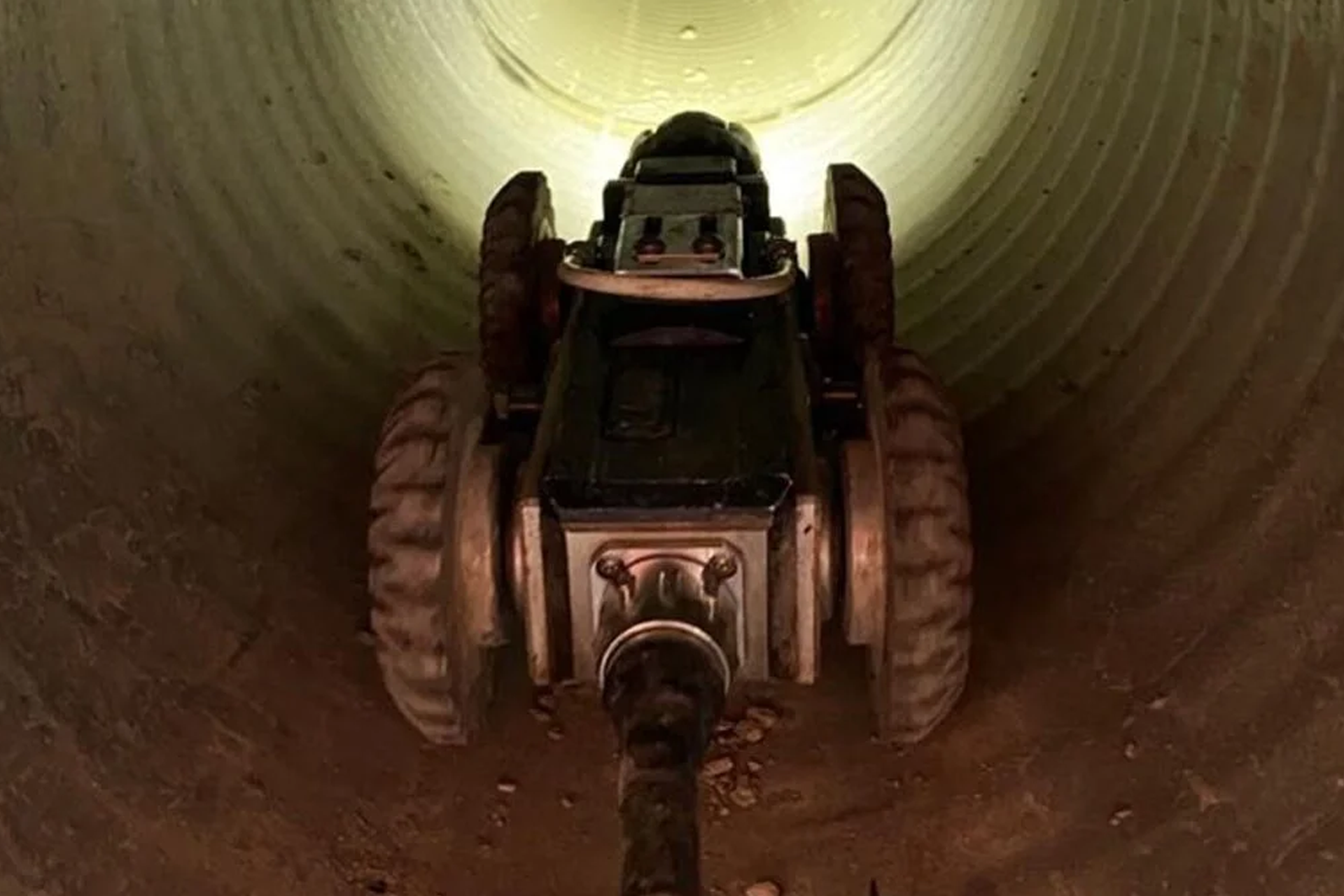Facts About Reclaim Waste Revealed
Table of ContentsOur Reclaim Waste DiariesThe Reclaim Waste IdeasSome Known Factual Statements About Reclaim Waste The smart Trick of Reclaim Waste That Nobody is Talking AboutEverything about Reclaim Waste
Domestic sewage waste refers to the waste and products from a residential septic container. The appropriate monitoring and disposal of domestic sewage waste call for liquid waste to be moved to a sewer treatment plant where the correct methods and tools are applied to detoxify and dispose of waste.
Business waste often includes potential threats, such as flammable materials or a blend of fluid and strong waste products, and calls for a more advanced and detailed disposal procedure. The disposal of industrial waste normally involves the filtering of waste prior to transport to ensure safe and appropriate disposal. Hazardous waste is created from byproducts and overflow of commercial procedures and production.
This sort of waste can not utilize the exact same sewer administration transportation or procedures as septic or commercial fluids. The hazardous waste administration process calls for the inspection and testing of liquid waste before it undergoes the disposal process (liquid waste disposal). Drainage waste is the fluid waste that comes from overflow and excess stormwater in very populated areas or cities
Runoff waste can cause contamination and flooding if not managed properly. Find out more concerning sewage system cleansing and waste management. Guaranteeing proper waste administration can avoid calamities and minimize environmental injury. Both people in household setups and experts in industrial or production sectors can gain from comprehending the processes and policies of liquid waste management.
4 Easy Facts About Reclaim Waste Explained
Contact PROS Providers today to discover concerning our waste administration and disposal solutions and the appropriate means to take care of the liquid waste you generate.
This so-called 'wastewater' is not just a crucial resource yet, after treatment, will be launched to our land, waterways or the sea. Made use of water from commodes, showers, bathrooms, cooking area sinks, washings and commercial processes is understood as wastewater.

water utilized to cool down machinery or clean plant and tools). Stormwater, a type of wastewater, is drainage that flows from farming and city areas such as roofing systems, parks, gardens, roadways, paths and gutters right into stormwater drains pipes, after rain. Stormwater moves untreated directly to neighborhood creeks or rivers, ultimately reaching the ocean.
A Biased View of Reclaim Waste
In Queensland, most wastewater is treated at sewage therapy plants. Wastewater is delivered from residential or commercial websites via a system of sewage systems and pump terminals, known as sewerage reticulation, to a sewer therapy plant. Neighborhood governments develop, preserve and operate most sewer treatment plants. Operators are licensed under the Environmental Management Act 1994 to release cured wastewater at an acceptable environmental standard into rivers.
The Division of Natural Resources suggests neighborhood governments regarding managing, operating and keeping sewage systems and therapy plants. In unsewered areas, regional federal governments might call for homeowners to mount specific or home sewage treatment systems to treat residential wastewater from commodes, kitchen areas, shower rooms and washings. The Department of Natural Resources authorizes using house systems when they are verified to be reliable.
The majority of stormwater receives no therapy. In some brand-new communities, therapy of some stormwater to remove clutter, sand and gravel has actually started using gross toxin catches. Wastewater therapy occurs in 4 phases: Eliminates strong matter. Larger solids, such as plastics and other items mistakenly released to sewers, are gotten rid of when wastewater is gone through displays.
Utilizes small living organisms understands as micro-organisms to damage down and remove staying liquified wastes and Get the facts great particles. Micro-organisms and wastes are integrated in the sludge.
Get This Report about Reclaim Waste
Nutrient elimination is not readily available at all sewage therapy plants because it needs expensive specialised tools. Clear fluid effluent generated after treatment may still include disease-causing micro-organisms - liquid waste disposal melbourne.

This typically means wastewater needs to be dealt with or impurities gotten rid of prior to it can be released to waterways. A lot of wastewater streams into the sewerage system. Under the Act, city governments provide approvals and licences for eco appropriate tasks (Ages) entailing wastewater launches that may have a regional effect. The division carries out authorizations and permits to Ages entailing wastewater releases that might have a regional or statewide effect.
Reclaim Waste Fundamentals Explained
Surveillance gives valid details concerning water top quality and can validate that permit problems are being met. The information acquired via monitoring gives the basis for making water high quality choices.
Comments on “The 10-Second Trick For Reclaim Waste”